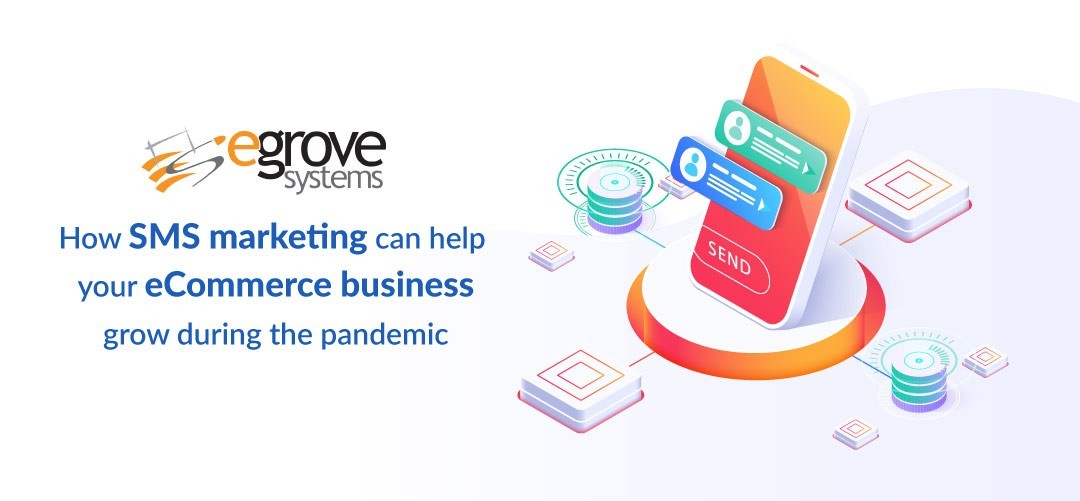With many businesses struggling to reach their customers during the pandemic, now is the time for companies to improve their use of text and mobile messaging to connect with users anywhere. Text messaging is a powerful tool to instantly reach targeted segments of your market, but it needs to be used effectively to find a receptive audience and lead to sales.
The Strengths of Text Marketing
Nearly everyone in the modern day has a device capable of receiving text messages, and most people send and receive text messages regularly. Not only are SMS and other mobile messaging services more widely used, but they are a more urgent method of communication that people tend to read and respond to. 90% of text messages are read within three minutes. According to HubSpot, the average response time for a text message is 90 seconds, compared to 90 minutes for an email.
Email marketing has lost its effectiveness for various reasons. In addition to the buildup of messages from numerous companies that email users receive daily, spam filters and automated categories in many popular email services have made email news and marketing from brands less visible than before. The difference between emails, most of which are never even opened, and texts, which are nearly always viewed, is staggering. While email still serves its purpose for reaching a wide audience and sending larger-scale messages, it’s not as powerful for quickly delivering tailored news and offers to customers.
Read more :- Push notification beats Email marketing strategies at ROI
SMS Marketing’s Role in the Pandemic
Due to the current conditions, people are turning more and more to eCommerce for solutions to get what they need. Text marketing can play a major role in drawing customer engagement toward your business over competitors. As people are buying products on their phones, it makes sense to market to them on the same platform.
Various messages can be sent to customers by SMS or in-app notifications. Special limited-time offers based on current pressing needs can be great calls to action that get customers to visit the sales platform and make purchases. If certain items are in greater demand and shortages occur, customers can be informed of when they are back in stock. Safety and health policies are changing frequently, making up-to-date information valuable for customers to know.
Approaching Users Without Driving Them Off
Studies have shown that customers respond well to text message marketing. According to ZipWhip’s State of Texting Report, 52% of consumers prefer text marketing over email or phone calls. Even so, brands should take care to avoid overuse of a close, personal medium of communication, or else customers will change their opinion quickly. Text notifications should be relatively infrequent rather than constant barrage.
Customers may prefer opt-in permissions for messaging. Getting permission to connect them with your brand can be done by giving good reasons for customers to want text messages, rather than force it on them. If there is a product they want to watch for discounts or restocking news, or notifications of when their purchase has shipped, offer them the option, and they will be motivated to accept texts from your brand rather than opting out.
Tailoring Stronger Marketing Messages
Text marketing isn’t as simple as sending ‘blasts’ to all users. Sending targeted messages based on purchase and usage history data can be much more effective. Personalized messages fit more seamlessly with texts that people receive from friends and family rather than standing out.
Likewise, push notifications from mobile apps offer a way to reach out to users who installed your eCommerce app, even when it’s not active, and are more convenient to customize and send than SMS. According to Attentive’s Brian Long, 96% of customers who download an app aren’t using it after 30 days, making the ability to remind users of the app’s value incredibly important.
While text message marketing may seem too intrusive, it is extremely effective when used cautiously and in line with customer’s wishes and expectations. As many businesses transition to eCommerce to be able to continue serving their customers, having a way to communicate directly can drive customers to sales platforms and meet their needs from anywhere







